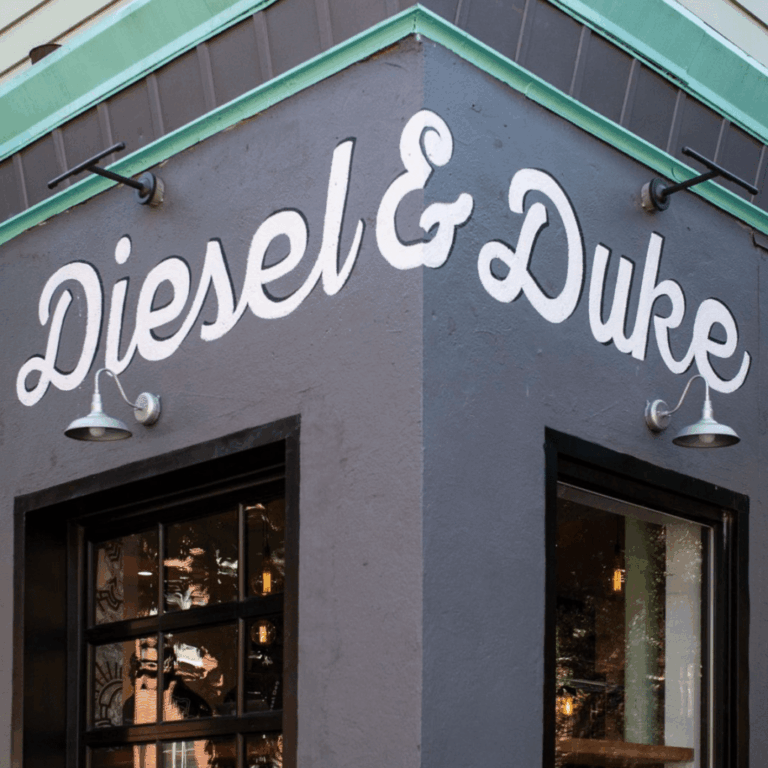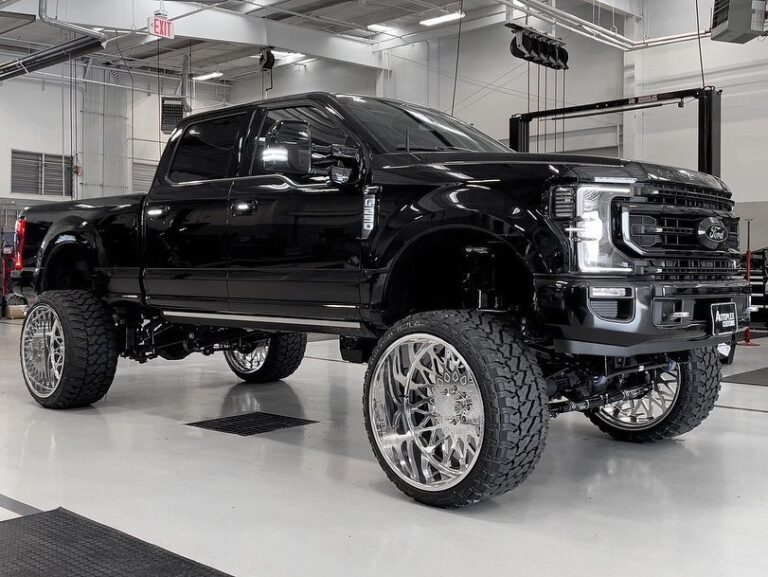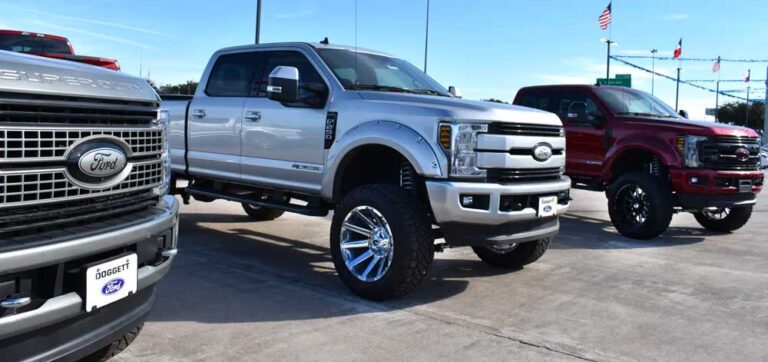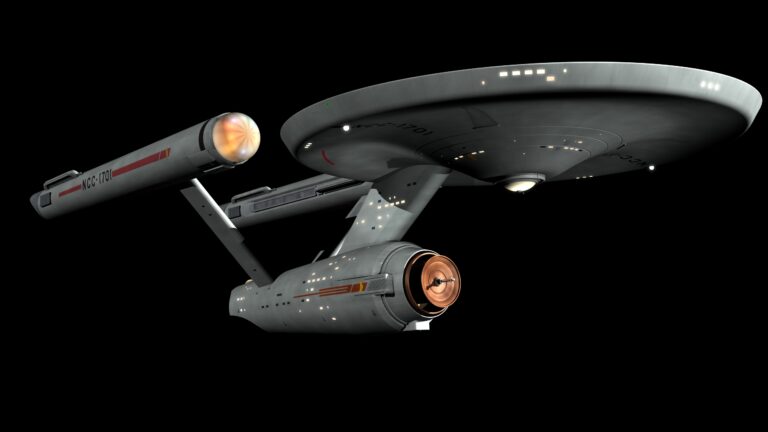Kill Trucks For Sale: A Comprehensive Guide to Specialized Well Control Vehicles
Kill Trucks For Sale: A Comprehensive Guide to Specialized Well Control Vehicles cars.truckstrend.com
In the high-stakes world of oil and gas exploration and production, safety and efficiency are paramount. Among the specialized equipment crucial to maintaining well integrity and preventing catastrophic incidents, the "kill truck" stands out as an indispensable asset. Often misunderstood outside the industry, a "kill truck" is a powerful, highly specialized vehicle designed to perform well control operations, primarily by pumping heavy fluids into a wellbore to counteract formation pressure and "kill" or bring the well under control.
This comprehensive guide delves into the intricate world of kill trucks for sale, exploring their definition, importance, types, key components, operational considerations, and what prospective buyers need to know. Whether you’re an operator looking to expand your fleet, a contractor seeking specific capabilities, or simply an industry professional eager to understand this critical equipment, this article provides detailed insights into acquiring these vital machines.
Kill Trucks For Sale: A Comprehensive Guide to Specialized Well Control Vehicles
What Exactly is a "Kill Truck"? Defining its Role in Well Control
At its core, a "kill truck" (more formally known as a well kill truck, high-pressure pumping unit, or stimulation truck in some contexts) is a mobile, self-contained unit equipped with high-pressure pumps, large fluid tanks, and sophisticated control systems. Its primary function is to inject heavy drilling fluids, often referred to as "kill fluid" or "mud," into a wellbore. This fluid, denser than the formation fluids (oil, gas, water), exerts hydrostatic pressure that overcomes the pressure of the reservoir, stopping the uncontrolled flow of hydrocarbons to the surface—a dangerous event known as a "kick" or "blowout."
The importance of kill trucks cannot be overstated. They are frontline responders in well control emergencies, crucial for:
- Preventing Blowouts: Quickly bringing an uncontrolled well under hydrostatic control.
- Well Intervention: Assisting in workover operations, snubbing, and coiled tubing interventions.
- Cementing Operations: Pumping cement slurries during well completion or abandonment.
- Pressure Testing: Conducting integrity tests on well equipment and casings.
- Wellbore Cleanout: Circulating fluids to remove debris.

Their ability to deliver high volumes of fluid at extremely high pressures makes them indispensable tools for maintaining operational safety and efficiency across the lifecycle of an oil or gas well.
Anatomy of a Well Kill Truck: Key Components and How They Work
Understanding the core components of a kill truck is essential for assessing its capabilities and condition. These complex machines integrate several critical systems:

- High-Pressure Pumps: These are the heart of the kill truck, typically positive displacement pumps (e.g., triplex or quintuplex pumps) capable of generating pressures ranging from 5,000 psi to over 20,000 psi (pounds per square inch) and high flow rates. They are designed for continuous, heavy-duty operation with abrasive fluids.
- Power Unit: A powerful industrial diesel engine (e.g., Caterpillar, Cummins, Detroit Diesel) provides the massive horsepower required to drive the high-pressure pumps. These engines are often coupled with robust transmissions.
- Fluid Tanks/Mixing System: Integrated tanks hold drilling fluids, water, or other specialized chemicals. Many units include sophisticated mixing systems to prepare kill fluids of precise densities and viscosities on-site.
- Manifold and Plumbing: A complex network of high-pressure pipes, valves, and fittings connects the pumps to the wellhead. This system must be rated for the extreme pressures and volumes handled.
- Control Cabin/System: An enclosed, often air-conditioned, control cabin houses the operator’s console. Modern systems feature advanced instrumentation, digital displays, and computerized controls for precise monitoring of pressure, flow rate, volume, and pump status, often with remote capabilities for enhanced safety.
- Chassis: The entire assembly is typically mounted on a heavy-duty truck chassis (e.g., Peterbilt, Kenworth, Freightliner, Mack) or a specialized skid for offshore and remote land operations. The chassis must be robust enough to handle the immense weight and vibrations.
- Auxiliary Systems: This includes hydraulic systems, cooling systems, lighting, safety interlocks, and often a hydraulic crane or winch for handling hoses and equipment.
The operational principle involves the power unit driving the high-pressure pumps, which draw fluid from the onboard tanks or external sources. This fluid is then pressurized and injected into the wellbore through the manifold, creating the necessary hydrostatic pressure to control the well.
Types and Categories of Kill Trucks
Kill trucks come in various configurations, each suited for different applications and environments:
- Truck-Mounted Units: The most common type for land-based operations, these units are self-propelled and highly mobile, allowing for rapid deployment to drilling or production sites. They are designed for highway travel and off-road capability.
- Skid-Mounted Units: These units are built on heavy-duty skids, designed for stationary or semi-permanent installation on drilling rigs (onshore or offshore), production platforms, or remote well sites where mobility isn’t a primary concern. They require cranes or specialized transport for relocation.
- Trailer-Mounted Units: Similar to truck-mounted but designed to be towed by a separate prime mover. This offers flexibility if the prime mover is used for other tasks or if specialized transport is needed for particularly heavy units.
- Specialized Configurations:
- Coiled Tubing Units (CTU): While not exclusively "kill trucks," many CTUs integrate high-pressure pumping capabilities for well intervention and killing.
- Fracturing Units: High-pressure pumping units used for hydraulic fracturing also share similar core components and can sometimes be adapted for kill operations, though their primary design focus differs.
- Desert/Arcticized Units: Modified for extreme environmental conditions with enhanced cooling, heating, and filtration systems.
When looking for kill trucks for sale, understanding these categories will help narrow down options based on your operational environment and logistical needs.
Buying a Kill Truck: Key Considerations and Practical Advice
Acquiring a kill truck is a significant investment. Careful consideration of several factors is crucial to ensure you purchase a unit that meets your operational requirements, budget, and safety standards.
New vs. Used:
- New Units: Offer the latest technology, full manufacturer warranties, and customization options. They come at a premium price.
- Used Units: Can be significantly more affordable, making them attractive for smaller operators or those with budget constraints. However, they require thorough inspection and understanding of their service history.
Specifications and Performance:
- Pump Pressure Rating: Match this to the maximum anticipated well pressures. Common ranges are 10,000 psi to 15,000 psi, with specialized units exceeding 20,000 psi.
- Flow Rate (BPM – Barrels Per Minute): Determines how quickly fluid can be injected. Higher flow rates are critical for large-volume operations or rapid well control.
- Engine Horsepower (HP): Directly correlates to pump output. More HP generally means higher pressure and flow capabilities.
- Tank Capacity: Adequate onboard fluid storage reduces the need for constant resupply, enhancing efficiency.
- Chassis Condition (for truck-mounted): Inspect the frame, suspension, tires, and overall vehicle health.
- Control System: Look for modern, user-friendly, and reliable control systems with accurate instrumentation.
Maintenance History and Condition (for Used Units):
- Service Records: Demand complete maintenance and service logs. This is non-negotiable for understanding the unit’s past and potential future issues.
- Pump & Engine Hours: Low hours generally indicate less wear and tear.
- Third-Party Inspection: Hire an independent, qualified inspector specializing in oilfield equipment. They can identify hidden issues, assess wear on critical components (pumps, manifold, engine), and provide a professional valuation.
- Fluid Contamination: Check for signs of fluid leaks or contamination in hydraulic systems and engine.
Regulatory Compliance and Certifications:
- Ensure the unit meets all relevant industry standards (e.g., API Spec 6A for wellhead equipment, specific pressure vessel codes) and local regulatory requirements for emissions, roadworthiness (for truck-mounted), and safety.
- Verify all pressure components have valid certifications and hydrotest records.
Vendor Reputation and Support:
- Purchase from reputable dealers or original equipment manufacturers (OEMs) who can offer after-sales support, parts availability, and technical assistance.
- For used units, consider sellers with a history of transparent dealings.
Transportation and Logistics:
- Factor in the cost and complexity of transporting the unit, especially for large skid-mounted systems.
Operational Aspects and Training
Owning a kill truck is only half the equation; operating it safely and effectively requires highly trained and certified personnel. Operators must understand:
- Well Control Principles: The physics of well kicks, kill methods (e.g., Driller’s Method, Wait and Weight), and pressure management.
- Equipment Operation: Proficiently handling the pumps, engines, manifold, and control systems.
- Fluid Dynamics: Understanding the properties of drilling fluids and their impact on well control.
- Safety Protocols: Adhering strictly to industry safety standards, emergency procedures, and personal protective equipment (PPE) requirements.
Investing in continuous training for your operational crew is as important as the equipment itself.
Potential Challenges and Solutions
- High Acquisition Cost: New kill trucks are very expensive. Solutions include exploring financing options, purchasing well-maintained used units, or considering long-term rental agreements for project-specific needs.
- Complex Maintenance: These units require specialized knowledge for maintenance. Solution: Establish a robust preventative maintenance program, stock critical spare parts, and partner with experienced service providers.
- Specialized Operators: Finding and retaining qualified operators can be a challenge. Solution: Invest in comprehensive training programs, offer competitive compensation, and foster a strong safety culture.
- Regulatory Changes: Environmental and safety regulations can evolve. Solution: Stay updated with industry standards and local laws, ensuring your equipment and operations remain compliant.
Price Table: Estimated Costs for Kill Trucks For Sale
The price of a kill truck varies significantly based on its capacity, features, manufacturer, age, and condition (for used units). The following table provides a general estimate for typical configurations. These are illustrative prices and can fluctuate widely based on market conditions, customization, and specific technical specifications.
| Type of Unit | Key Specifications | Condition | Estimated Price Range (USD) | Notes |
|---|---|---|---|---|
| Basic Truck-Mounted | 10,000 PSI Pump, 15 GPM, 500-750 HP Engine, Basic Controls | Used | $150,000 – $350,000 | Older model, higher hours, may require immediate maintenance. |
| Standard Truck-Mounted | 15,000 PSI Pump, 20-30 GPM, 750-1000 HP Engine, Digital Controls | Used | $350,000 – $700,000 | Well-maintained, moderate hours, good operational condition. |
| High-Performance Truck-Mounted | 15,000-20,000 PSI Pump, 30-50 GPM, 1000-1500+ HP Engine, Advanced Automation | Used | $700,000 – $1,500,000 | Newer models, lower hours, premium features, excellent condition. |
| New Standard Truck-Mounted | 15,000 PSI Pump, 20-30 GPM, 750-1000 HP Engine, Latest Controls | New | $1,000,000 – $2,500,000+ | Customizable, full warranty, latest technology. |
| Basic Skid-Mounted | 10,000 PSI Pump, 15 GPM, 500-750 HP Engine, Manual Controls | Used | $100,000 – $250,000 | Ideal for stationary or limited relocation needs. |
| Standard Skid-Mounted | 15,000 PSI Pump, 20-30 GPM, 750-1000 HP Engine, Digital Controls | Used | $250,000 – $600,000 | Versatile for offshore platforms or remote land sites. |
| New Standard Skid-Mounted | 15,000 PSI Pump, 20-30 GPM, 750-1000 HP Engine, Latest Controls | New | $800,000 – $2,000,000+ | Custom-built for specific operational environments. |
| Specialized/High-Pressure | 20,000+ PSI Pump, High Flow, 1500+ HP, Redundant Systems | Used | $1,000,000 – $2,500,000+ | Used for ultra-deep or high-pressure wells. |
| Specialized/High-Pressure | 20,000+ PSI Pump, High Flow, 1500+ HP, Redundant Systems | New | $2,500,000 – $5,000,000+ | Top-tier units for the most demanding applications. |
Note: These prices are estimates and can vary based on specific manufacturers, additional features, regional markets, and the current economic climate.
Frequently Asked Questions (FAQ) About Kill Trucks For Sale
Q1: What is the primary purpose of a "kill truck"?
A1: The primary purpose of a "kill truck" (well kill truck) is to pump high-density fluids into an oil or gas wellbore to control or stop the uncontrolled flow of hydrocarbons from the reservoir, a process known as "killing the well" or "well control."
Q2: Are kill trucks dangerous?
A2: When operated by trained professionals and properly maintained, kill trucks are safe. However, they deal with extremely high pressures and flammable materials, making safety protocols and expert operation absolutely critical to prevent accidents like blowouts or equipment failure.
Q3: Can any truck be converted into a kill truck?
A3: No. A kill truck requires a purpose-built, heavy-duty chassis capable of supporting immense weight and housing powerful industrial pumps, engines, and specialized control systems. Standard commercial trucks are not suitable.
Q4: What’s the difference between a kill truck and a fracturing truck?
A4: Both are high-pressure pumping units. A kill truck’s primary role is well control and intervention using heavy fluids to overcome formation pressure. A fracturing truck (frack pump) is designed for hydraulic fracturing, injecting fluids at even higher pressures and flow rates to create or enhance fractures in the reservoir rock, often using proppants. While they share similar components, their specific designs and operational goals differ.
Q5: What are the most important factors when buying a used kill truck?
A5: The most critical factors are comprehensive service and maintenance records, pump and engine hours, the results of an independent third-party inspection, and verification of all safety and pressure certifications.
Q6: How often do kill trucks require maintenance?
A6: Due to their demanding operation, kill trucks require rigorous preventative maintenance schedules, including daily checks, regular fluid changes, pump rebuilds (based on operating hours or wear), and periodic comprehensive overhauls of the engine and transmission.
Q7: What kind of training is required to operate a kill truck?
A7: Operators must possess specialized well control certifications (e.g., IADC WellSharp, IWCF), extensive experience with high-pressure pumping equipment, and thorough training on the specific unit they are operating, including emergency procedures.
Q8: Are kill trucks expensive to operate?
A8: Yes, they are. Operational costs include high fuel consumption, specialized drilling fluids, frequent maintenance, replacement of high-wear components (e.g., pump consumables), and the cost of highly skilled labor.
Conclusion
"Kill trucks for sale" represents a critical segment of the specialized equipment market within the oil and gas industry. These powerful and complex machines are not merely vehicles but vital instruments for ensuring well integrity, preventing environmental disasters, and safeguarding personnel. Understanding their design, operational capabilities, and the intricacies of their purchase is paramount for anyone involved in well control, intervention, or production operations.
By carefully considering the specifications, condition, regulatory compliance, and the expertise of the operators, companies can make informed decisions when investing in these indispensable assets. A well-maintained and expertly operated kill truck is more than just a piece of machinery; it’s a commitment to safety, efficiency, and responsible energy production.







